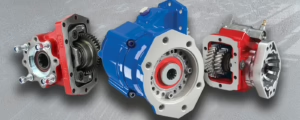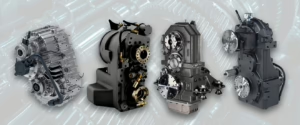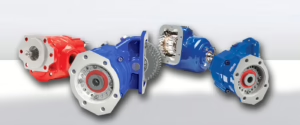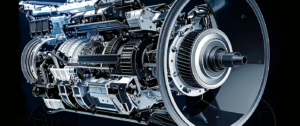Your cart is currently empty!
A guide to what’s inside, how it works, and why it matters
When it comes to the performance and reliability of heavy-duty trucks—on the highway or off the beaten path—the transmission is the unsung hero. Whether you’re running a long-haul fleet or managing off-highway equipment in harsh environments, understanding what’s inside a heavy-duty transmission can help you make better maintenance and purchasing decisions.
What Is a Transmission?
At its core, a transmission is responsible for delivering the right amount of power from the engine to the wheels. It adjusts torque and speed to match driving conditions, making it essential for both efficiency and drivability.
In heavy-duty trucks, transmissions are built to handle extreme torque loads, prolonged use, and harsh conditions—far beyond what you’d find in consumer vehicles.
Key Components of a Heavy-Duty Truck Transmission
- Input Shaft: Transfers engine power into the transmission. It connects directly to the clutch and is the first step in the power flow.
- Gear Sets: The gear ratios determine torque vs. speed. In manual transmissions, these are shifted by the driver; in automatic or automated systems, gear changes are handled electronically or hydraulically.
- Countershaft: Works with the main shaft and gear sets to provide multiple gear ratios and maintain proper torque.
- Main Shaft (Output Shaft): Transfers power out of the transmission and toward the differential and wheels.
- Synchronizers (in synchronized manuals): Help match gear speeds to allow smoother shifting and prevent gear grinding.
- Shift Forks and Rails: Mechanically move the gears in and out of mesh based on driver or system input.
- Transmission Case: The structural housing that holds all internal components and helps with cooling and lubrication.
Automatic vs. Manual in Heavy-Duty Applications
While many fleets still rely on manual transmissions for their simplicity and durability, automated manual and fully automatic transmissions are gaining ground due to ease of use, fuel economy improvements, and driver comfort. Each has its advantages, and your choice should be based on application, terrain, and driver experience.
Why Understanding Transmission Anatomy Matters
• Faster Diagnostics: Knowing how a transmission works helps in identifying early signs of failure—like gear slipping, strange noises, or delayed engagement.
• Smarter Maintenance: Understanding what wears out and why (like bearings or synchronizers) helps with preventative maintenance scheduling.
• Better Purchasing Decisions: Whether you’re buying new, used, or remanufactured, understanding the components allows you to ask the right questions and avoid costly mistakes.
Final Thoughts
Your truck’s transmission isn’t just a box of gears—it’s a complex, finely tuned system that plays a major role in uptime and performance. If you’re considering a rebuild or a remanufactured unit, working with a trusted remanufacturer ensures every component is inspected, tested, and rebuilt to meet or exceed OEM standards.
Need help identifying the right transmission for your truck?
Contact us today—we’re here to keep your trucks rolling strong.
Recent Knowledge Base Articles
Contact Us Today
Our Experts are available to answer your questions and help you with your needs.
We take pride in getting you your answers, parts, and assemblies fast.
| 800-621-3914 |











